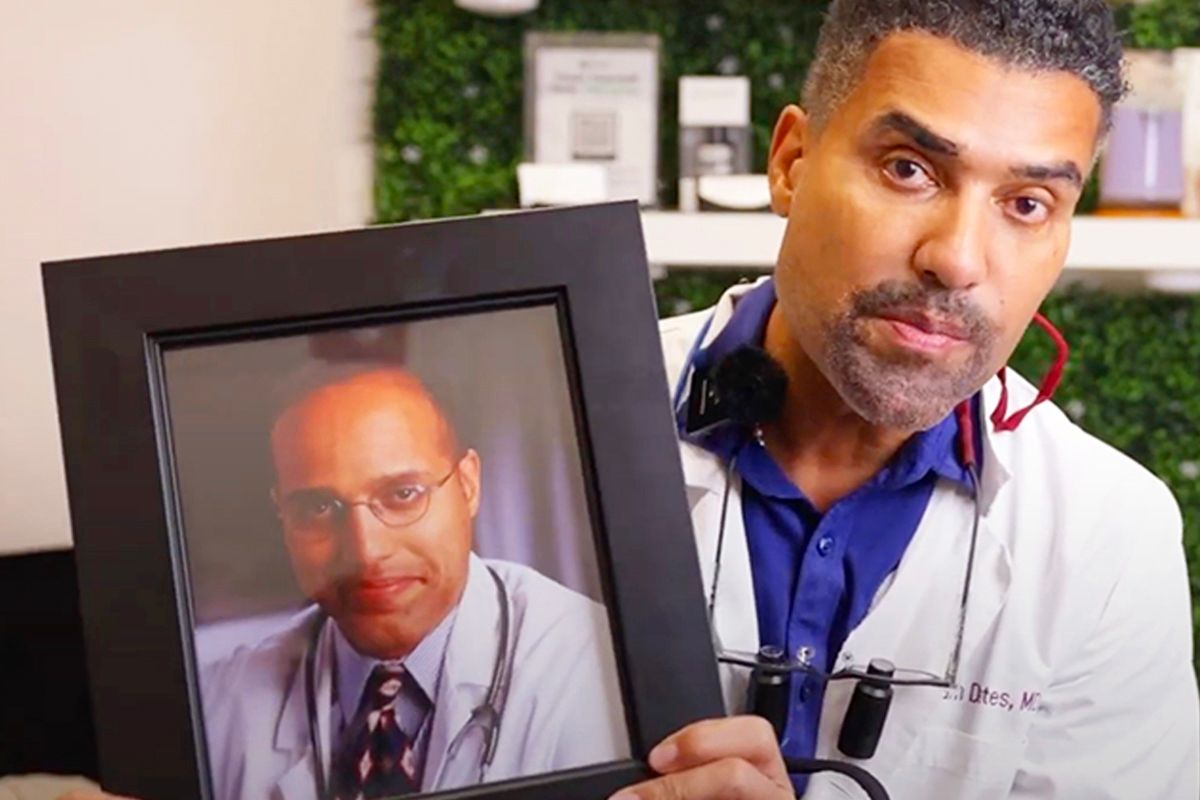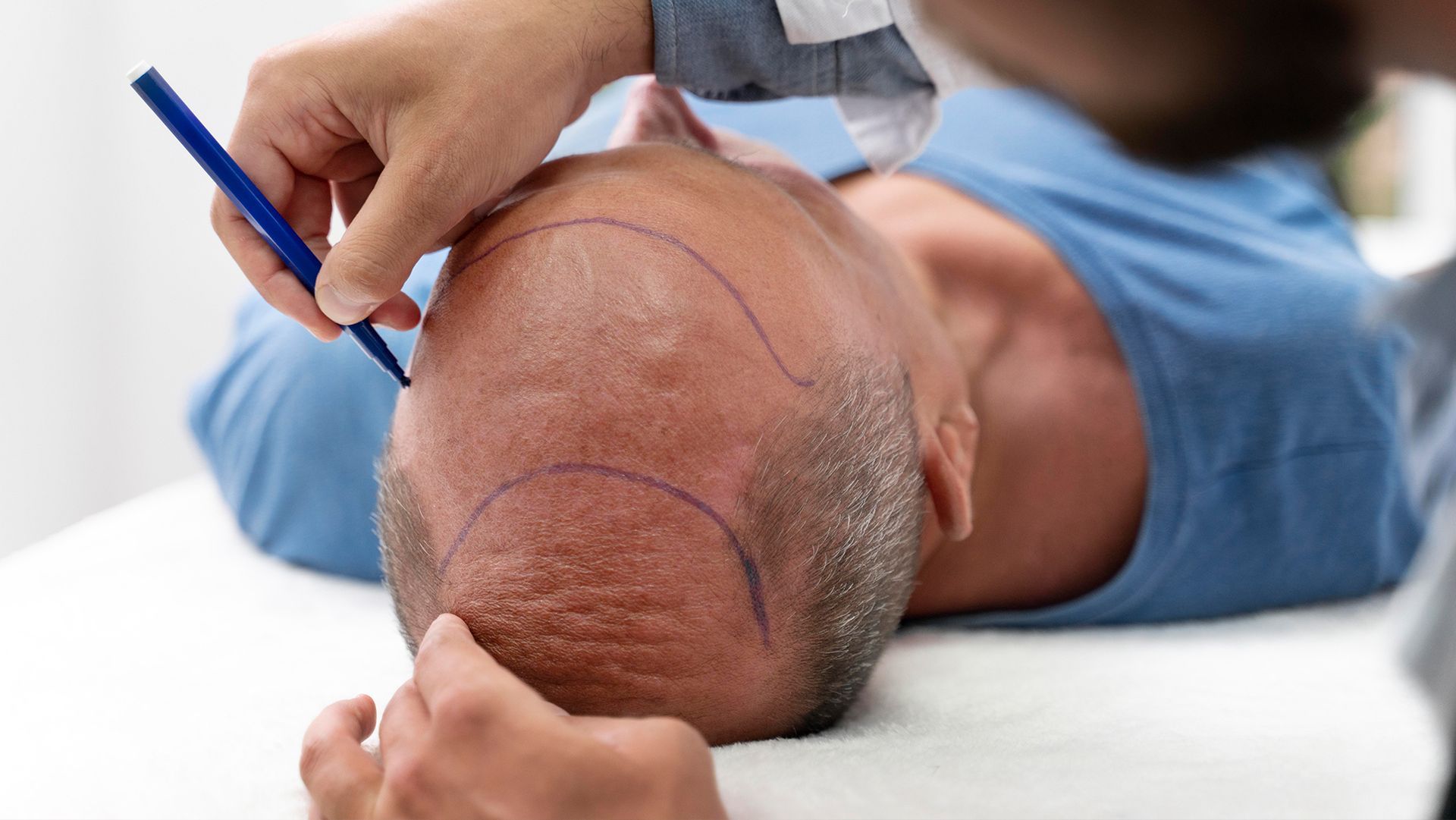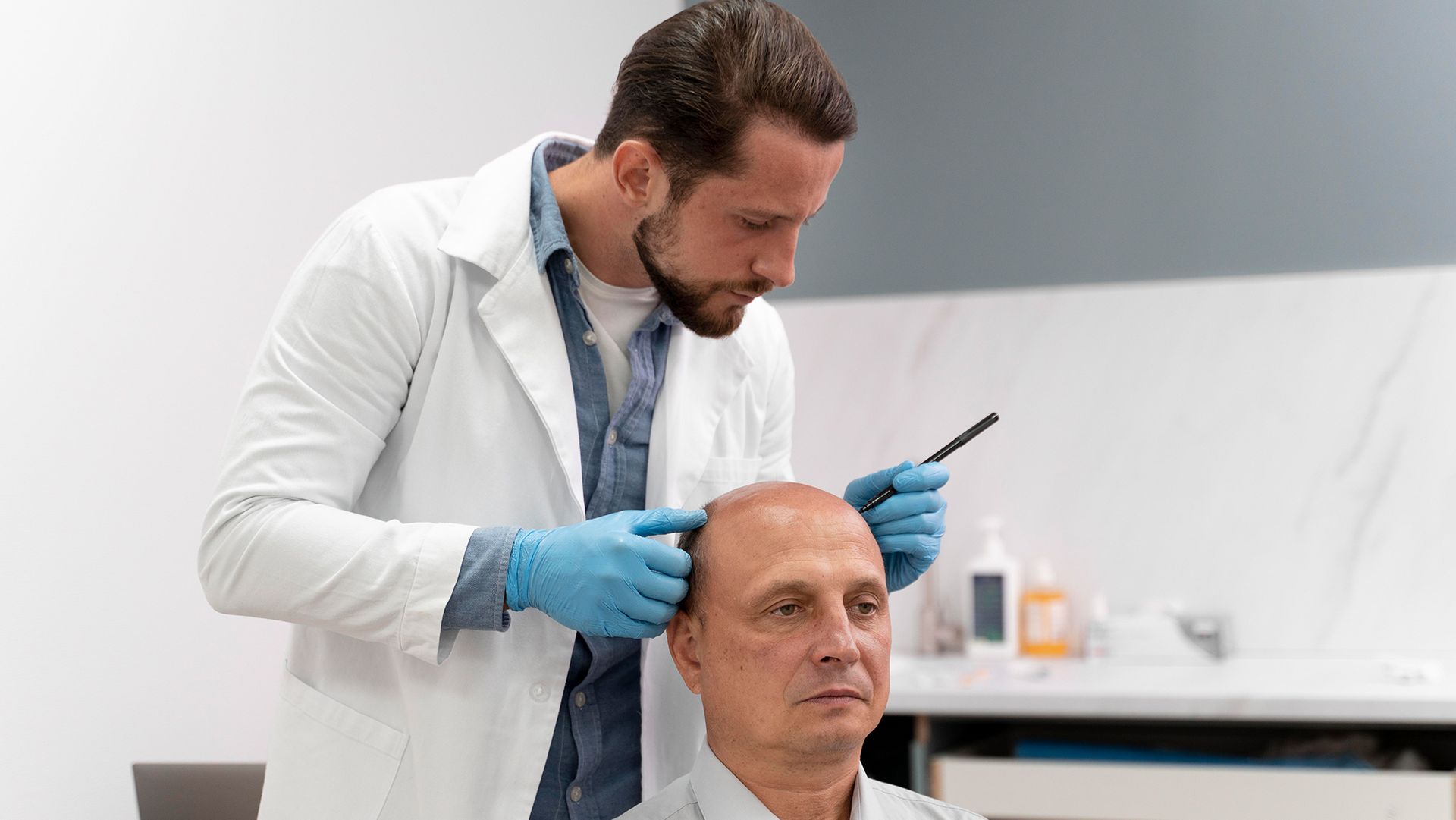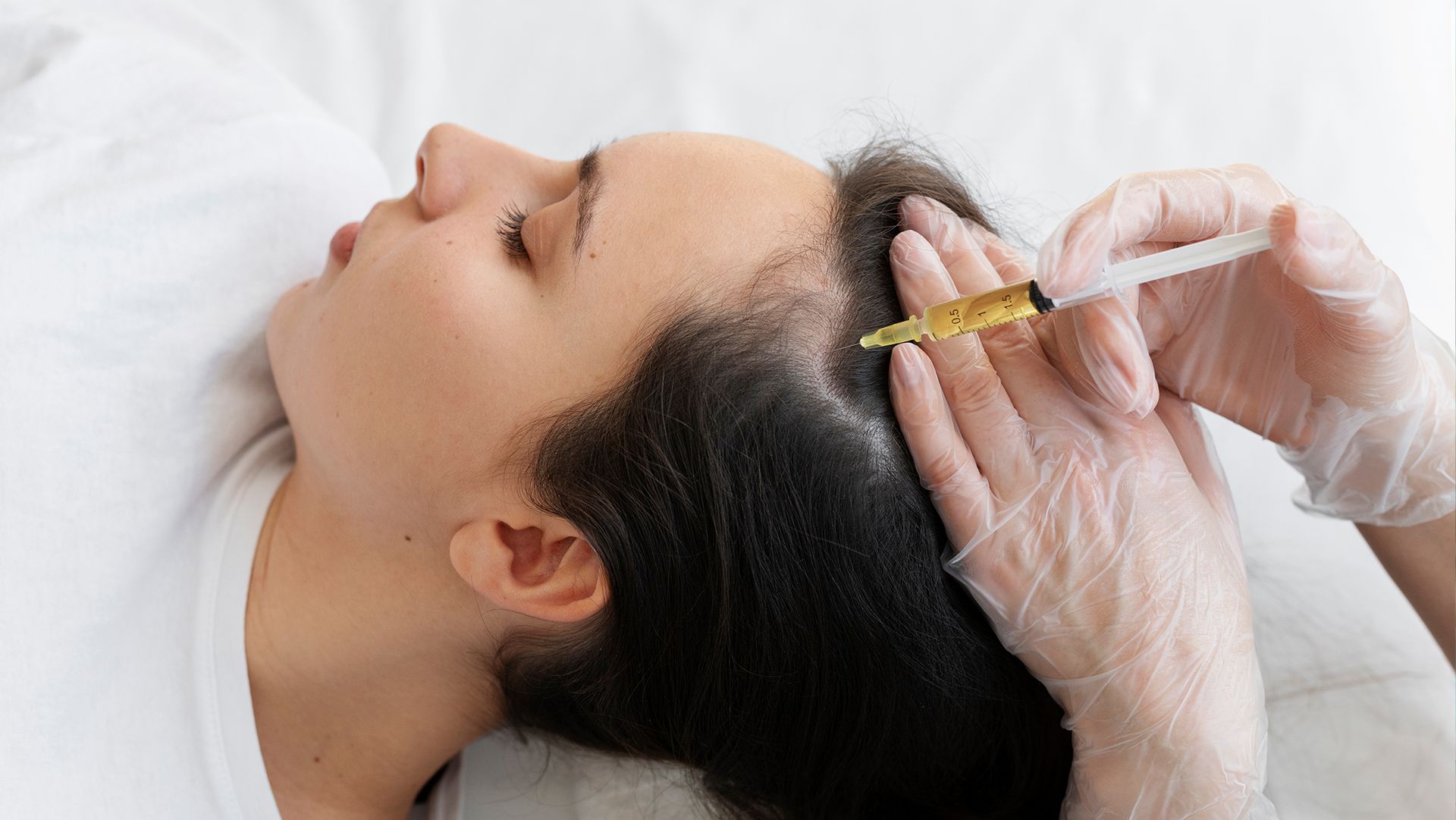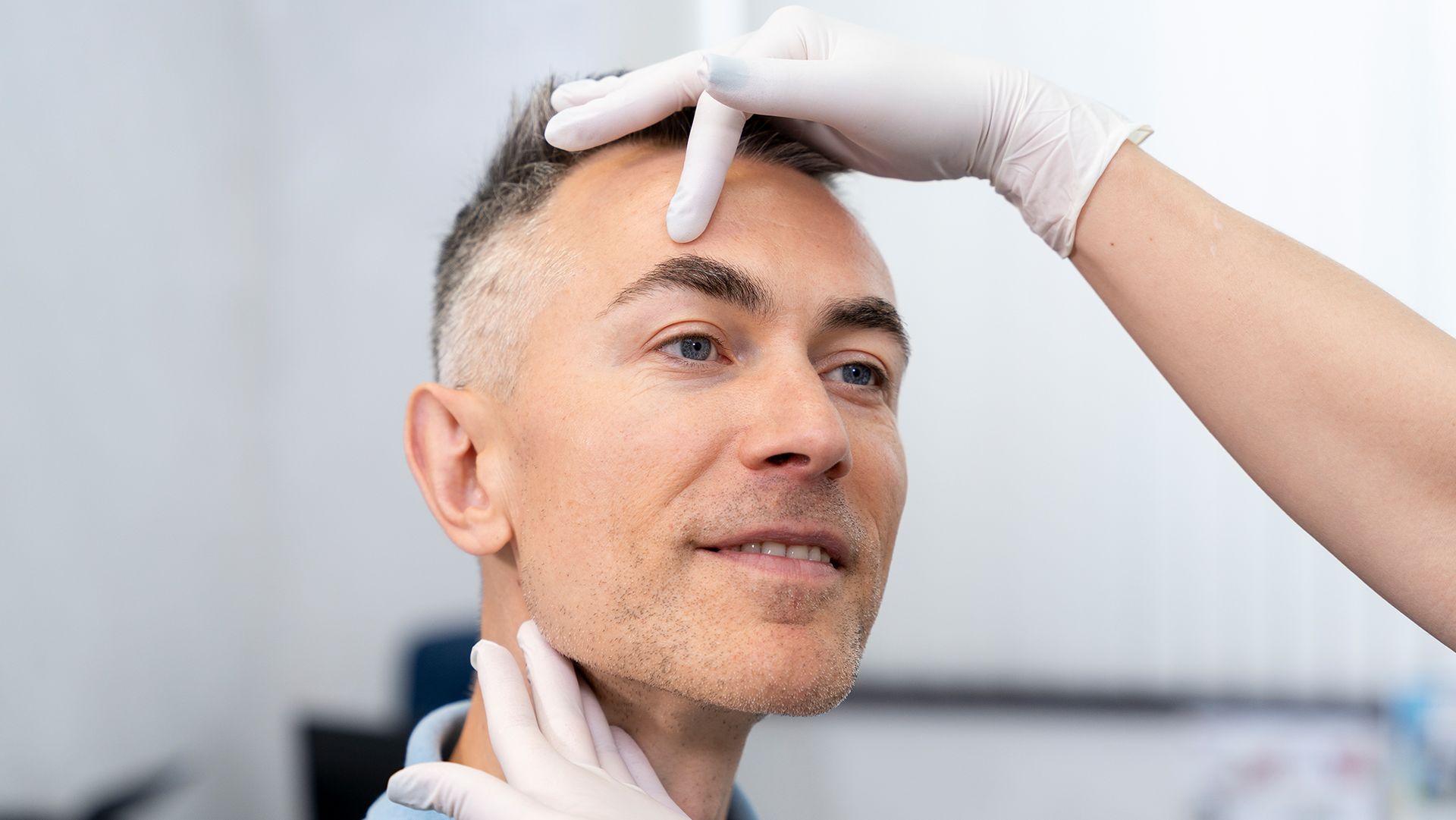What Happens Before and After Eyebrow Transplant Procedures
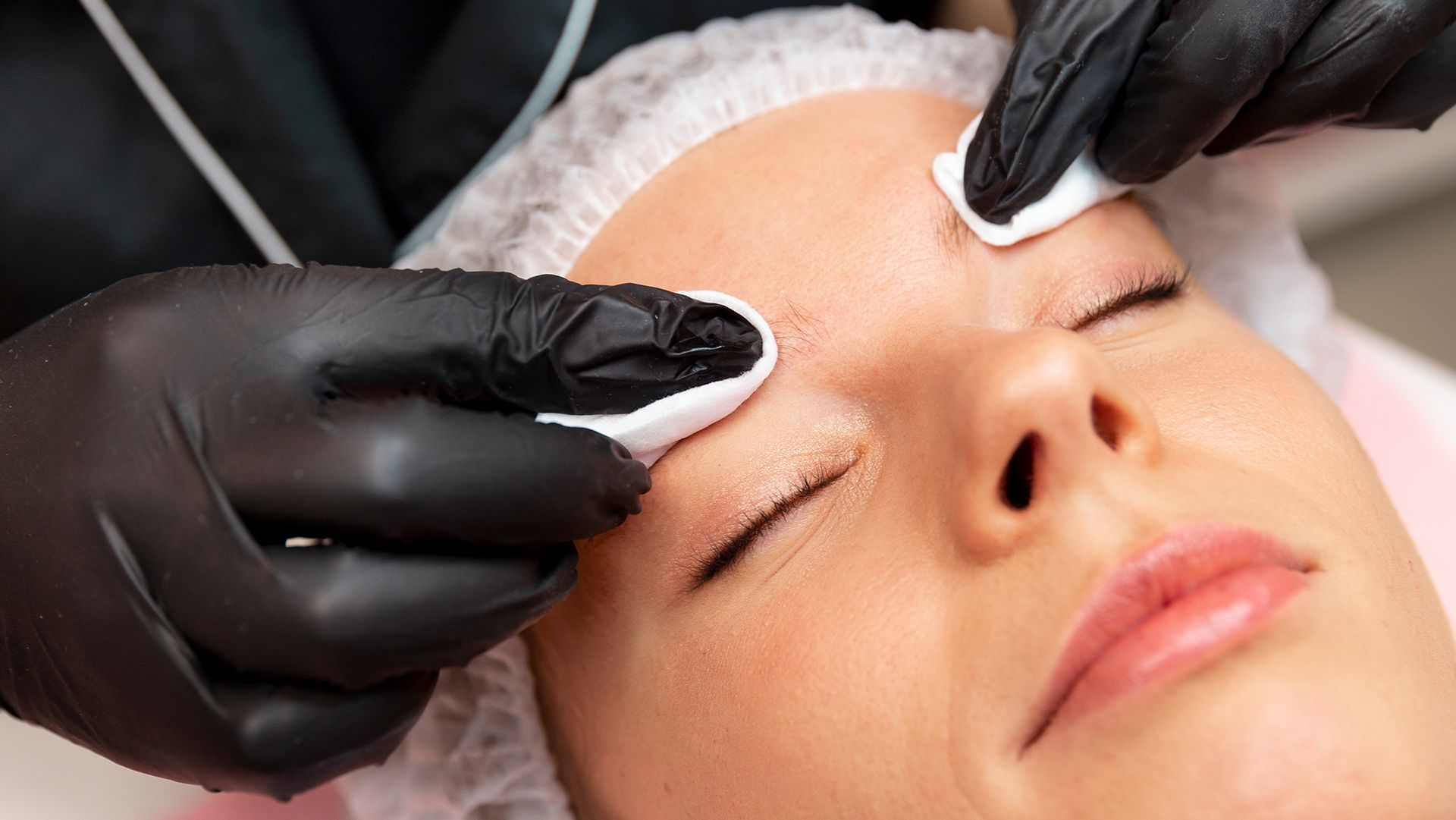
According to the International Society of Hair Restoration Surgery, the hair transplant surgery market achieved a total market size of $4.5 billion in 2021. And right now, it’s expected to keep growing from there.
Even so, no matter what kind of surgery you get, most people will recommend that you understand the before and after as much as the process. This way, you can make ample preparations and set the right expectations.
So, what do you need to know about what happens before and after eyebrow transplant surgeries? Let’s delve into it.
What is an Eyebrow Transplant?
An eyebrow transplant is a surgery that requires a surgeon to remove hair follicles from a different area of the head and implant them into the brows. Usually, it would come from around the neck or ears.
The goal of this procedure is to restore growth in your eyebrows, allowing them to look full and defined over time. It also reduces the need for you to apply makeup, tattooing, or microblading to achieve the look you desire.
How to Prepare for an Eyebrow Transplant
When preparing for an eyebrow transplant, you need to go through a few processes. One of the first steps is finding the right provider.
You can get an eyebrow transplant in most clinics with a surgeon, but it’s best to choose a place or doctor who specializes in hair loss. This way, you can get insight beyond the procedure and decide on a solution that will work better for your case.
A few things you want to look into when picking your provider include the following:
- Expertise and experience
- Feedback and testimonies
- Certifications and licenses
- Surgery options
- Treatment cost and quality
- Clinic facilities
After you find the ideal provider, your surgeon will evaluate your condition and discuss your goals with the surgery. It also includes checking donor areas, checking your medical history, and letting you know about the potential risks and side effects.
How to Tell If You’re a Good Fit
Generally, anyone can get an eyebrow transplant, but it usually shows the most changes in individuals with thin or sparse eyebrows. It also works to cover up discolored tattoos or failed microblading procedures.
Despite this, not everyone will be able to get the best results with an eyebrow transplant. In most cases, you may fail to be a candidate for the procedure if you experience persistent or unstable hair loss in the eyebrows.
The Procedure Process
During the transplant, your surgeon will administer a general anesthetic to alleviate discomfort and pain. Still, you may feel a bit of pressure and movement going around, but it won’t hurt!
The process works a lot like a regular hair transplant, wherein your surgeon harvests hair follicles from one part to another. The method they remove the grafts will vary based on your preference. If it requires using a scalpel, it can result in scarring and stitching later.
Your surgeon will place the grafts into your eyebrows by making a small incision in your skin. Once they finish, they will stitch up the surgical area.
Keep in mind that your surgeon marks the shape and appearance of your desired eyebrows before beginning. So, they plant the hair follicles based on these markings.
Because of this, you want to be sure you’re clear with how you explain your goals during the consultation. At the same time, it helps to choose a clinic or surgeon who specializes in hair transplants since you can expect them to provide results that are more precise.
Results and Aftercare
Most patients usually go home on the same day of the eyebrow transplant. By then, you will have stitches or light dressing over your brows.
Note that the results of the eyebrow transplant are permanent. It means you won’t have to worry about the implanted hair follicles falling off.
However, after the first few weeks, you might notice the implanted hair coming off. While it might come as a surprise, this is normal since it allows room for the new hair to grow.
It also takes a while to notice major changes, especially when your eyebrows are very thin or sparse. Most of the time, you have to wait as long as six to twelve months to see the difference.
You might also have to keep shaping and trimming your brows since your new brows will likely grow faster than the others. However, these eventually follow the natural growth of your eyebrows after a while.
Aside from this, your surgeon will provide you with specific instructions to help with your recovery. It’s important to follow this properly to ensure your brows heal sooner and the results remain without damage.
Usually, the guidelines will include the following:
- Do not interfere with the surgical sites for three to seven days.
- Avoid strenuous activities for the first week.
- Do not wear eye or eyebrow makeup for the first few days.
- Avoid wetting the eyes or eyebrows for a few days.
- Keep away from sunlight for a few weeks.
Remember that you will feel pain after the procedure, once the anesthetic wears off. So, it’s also good to have painkillers to ease the pain. Even so, this is usually short-lived and will fade in a few days, depending on the level of your pain tolerance.
If anything persists or feels unusual, be sure you contact your surgeon as soon as possible to make sure the surgical sites and procedure results are fine.
Conclusion Before and After Eyebrow Transplant
Learning about what happens before and after eyebrow transplant procedures helps you understand what to expect. Moreover, it allows you to look into what you need to prepare for to ensure the process goes by smoothly. It goes from the moment you pick a provider to the way you handle and maintain the results.
Knowing how it works also allows you to get the most out of your treatment. This way, you can keep your brows full and fresh for a long time!
